Podo Hotel (포도호텔)
15.2Km 2024-06-05
863 Sallongnam-ro, Andeok-myeon, Seogwipo-si, Jeju-do
+82-64-792-5200
Podo Hotel is designed with the motif of Jeju's oreum (parasitic cone) and thatched-roof houses. The hotel aims to create a healing environment, where guests can unwind while looking out at Jeju's pristine nature. Each guest room features natural hot spring water.
NARNIA Restaurant&Cafe (나니아레스토랑)
15.5Km 2021-03-19
13-33, Yerae-ro 396beon-gil, Seogwipo-si, Jeju-do
+82-64-801-9078
This is a Western cuisine located in Seogwipo-si, Jeju-do. The no. 1 must-visit restaurant on TripAdvisor. The representative menu is carpaccio.
Nandreubadang (난드르바당)
15.6Km 2024-01-31
11-1 Hayehadong-ro 16beon-gil, Seogwipo-si, Jeju-do
Nandreubadang specializes in Jeju black pork, which offers soft yet chewy meat and a light taste compared to regular pork. Customers can taste grilled black pork while admiring the fantastic ocean view; many people visit this restaurant just for the sake of the meat, despite the lack of famous tourist attractions nearby. For a basic serving of 2 persons, 600 grams of Jeju black pork is served with red-banded lobster soybean paste jjigae. Steamed eggs and corn cheese served outside the meat grill are also delightful delicacies. They also sell prawns that can be grilled with black pork and the seasonal conch skewers. What’s unique is the salted pearl-spot chromserved as a sauce for dipping the meat. Visitors who opt to sit outside are recommneded to arrive earlier than mealtime.
Chunshim (춘심이네)
15.8Km 2024-03-12
16 Changcheonjungang-ro 24beon-gil, Andeok-myeon, Seogwipo-si, Jeju-do
+82-64-794-4010
Chunshim, located next to Changcheon Elementary School in Jeju, is a specialized restaurant known for its cutlassfish dishes. The signature dish is the tong galchi gui (grilled whole cutlassfish), where a whole cutlassfish is grilled and served. Additionally, they offer dishes like eungalchi jorim (braised cutlassfish) and a limited quantity of large-sized wang galchi gui (grilled jumbo cutlassfish). The first floor features a spacious dining area with an elegant atmosphere, while the second floor serves as a waiting area and sells Jeju specialties, including beverages like coffee.
Jeju Glass Museum (제주유리박물관)
16.1Km 2022-11-30
1403, Jungsanganseo-ro, Seogwipo-si, Jeju-do
+82-64-792-6262
Jeju Glass Museum (originally the Gimpo Glass Museum and SongHee Glass House), has been making a significant contribution to the advancement of Korean glass art over the past several years through constant research and innovation. The museum opened on March 1, 2008, and has state-of-the-art facilities including a glass art exhibition hall, studio with a kiln, glass-blowing room, and glass processing room. With an expansive area totaling 3,500 pyeong and a broad grass field for displaying artwork, it is a perfect place to study and learn. The museum also offers some programs for visitors to learn and gain a greater appreciation for glass art.
Da Vinci Museum (다빈치 뮤지엄)
16.5Km 2025-01-10
788 Sallongnam-ro, Andeok-myeon, Seogwipo-si, Jeju-do
+82-64-794-5114~5
Da Vinci Museum, located in Seogwipo-si on Jeju Island is the only museum that has the Da Vinci License in Korea. The museum offers visitors a chance to experience a wide variety of activities and hands-on programs. When you think of Leonardo Da Vinci, a few things that come to mind are the Mona Lisa and The Last Supper. However, one of the greatest masterpieces in his life is the Codex, a collection of his writings. Over 7,000 pages of the Codex, A.K.A. a notebook of secrets, survives today, and the museum displays over 200 works created and inspired based on the writings in the Codex. The museum houses information about the life and times of Leonardo Davinci, a superb scientist, anatomist, and inventor.
Podo Museum (포도뮤지엄)
16.5Km 2024-01-31
788 Sallngnam-ro, Andeok-myeon, Seogwipo-si, Jeju-do
Opened in April 2021, Podo Museum aims to be a space that promotes the symbiosis of the Earth's ecological environment and humankind and listens to the voices of the socially underprivileged. It operates mainly around exhibitions without any separate experience programs. Exhibitions are held following the museum's goals and themes. As the content changes depending on the period, checking the website before visiting is recommended. The museum also has a café and souvenir shop on its first floor, making it great to look around on rainy days when outdoor sightseeing is not a preferred option. There are Camellia Hill, Bangju Church, and Bonte Museum nearby, so visitors are recommended to look around.
Camellia Hill (카멜리아힐)
16.6Km 2025-03-31
166 Byeongak-ro, Seogwipo-si, Jeju-do
Camellia Hill is a camellia arboretum that was created on a 172,000 square meter plot of land in Sangchang-ri, Jeju-do. The arboretum is home to 6,000 camellia trees of 500 different species including species that are known to produce the world’s largest and earliest blossoms. In addition to camellia trees, the arboretum also boasts palm trees, wildflowers, and other plants as well as a sprawling grass plaza and an ecological pond. Auxiliary facilities include a gallery exhibiting camellia-themed crafts and a multipurpose seminar room. Camellia Hill also offers a variety of lodging facilities ranging from thatched-roof cottages and wooden cabins to steel houses and a condominium-type resort.
◎ Travel information to meet Hallyu’s charm - variety show "EXchange / Transit Love 3"
This is where Ju-won and Yu-jeong had their memorable date, making many viewers feel excited for them. The arboretum is beautiful year-round but is especially spectacular in winter when the red camellias are in bloom.
Baksugijeong Cliffs (박수기정)
16.7Km 2024-12-02
1008 Gamsan-ri, Andeok-myeon, Seogwipo-si, Jeju-do
◎ Travel information to meet Hallyu’s charm - variety show "EXchange / Transit Love 3"
Ju-won and Yu-jeong enjoyed a romantic date here, taking photos against the sunset and strolling around Daepyeong Port with views of Baksugijeong Cliffs. Reflecting on their time together, Yoo-jung said, “We were together for 15 hours, but never bored at all.”
Loving Hut Jeju (러빙헛제주)
16.8Km 2021-03-22
7036, Iljudong-ro, Seogwipo-si, Jeju-do
+82-10-4696-9006
This is a Korean cuisine located in Seogwipo-si, Jeju-do. A vegetarian restaurant. The representative menu is hot pot special.

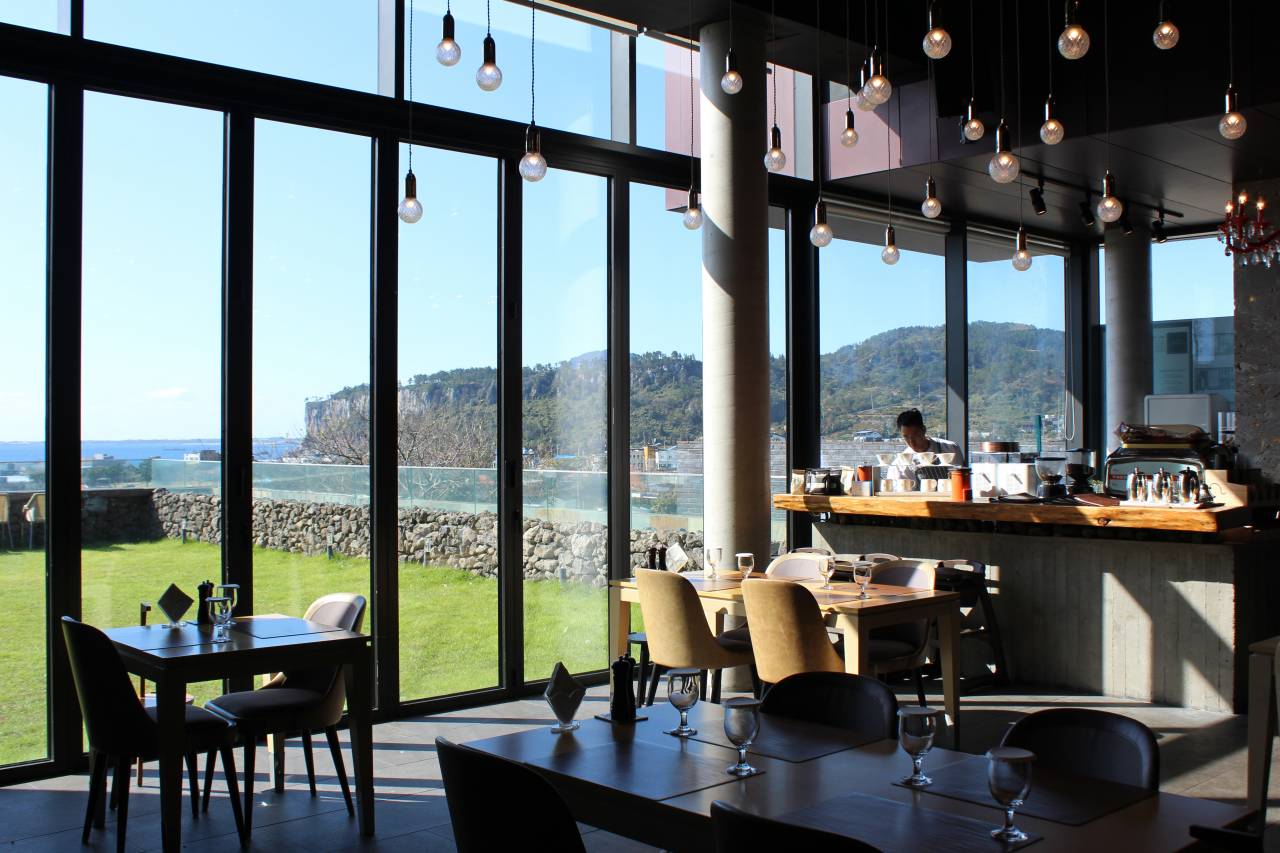
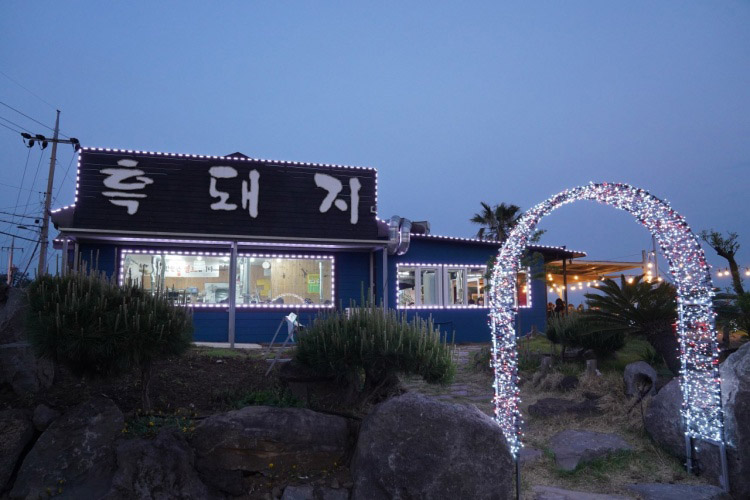
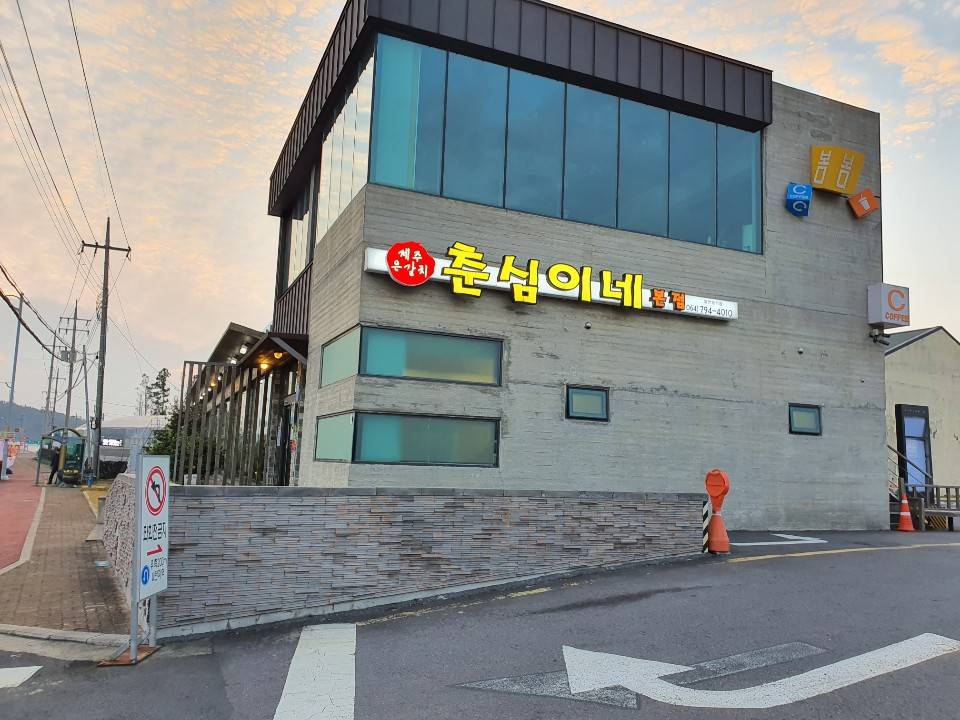
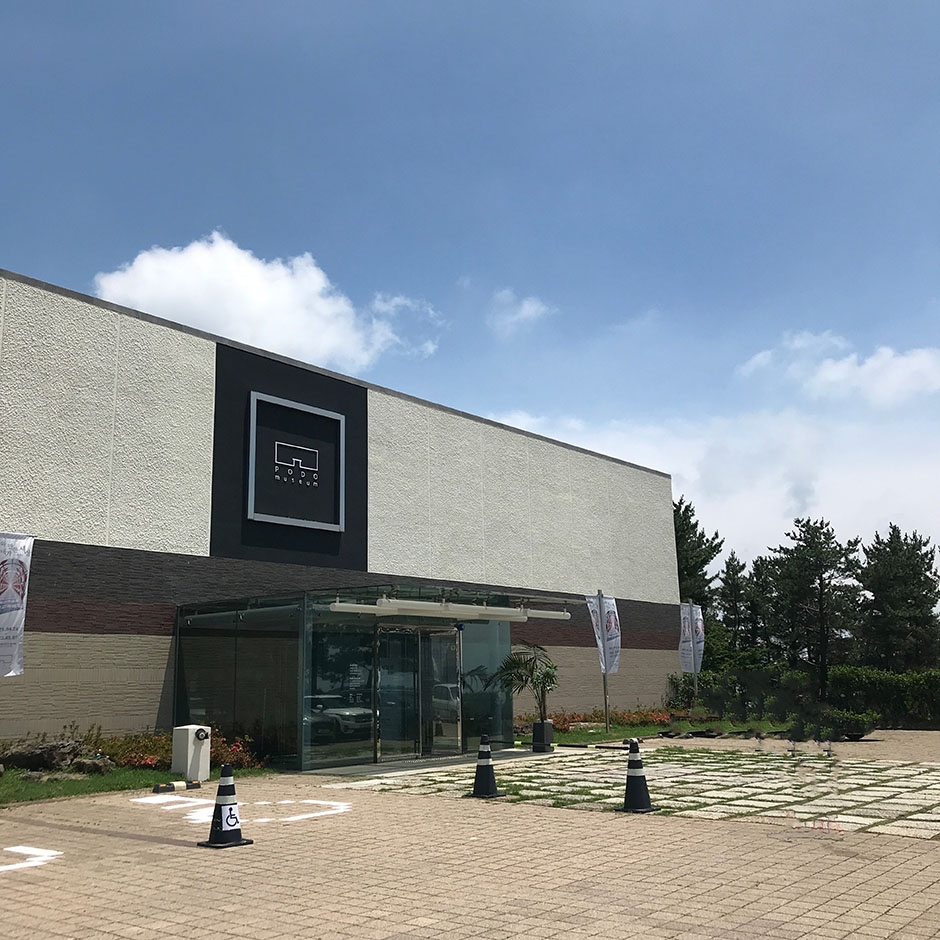
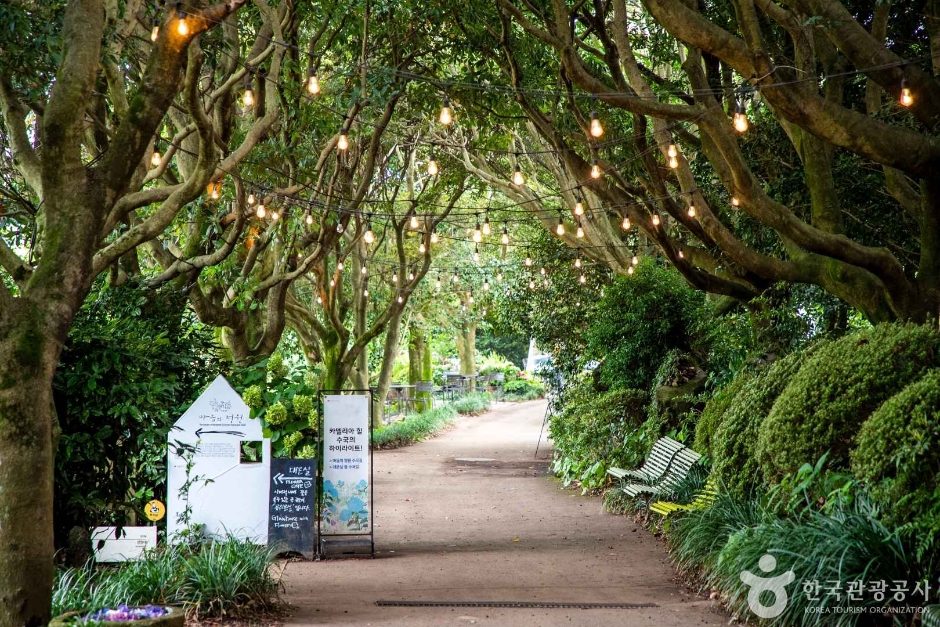
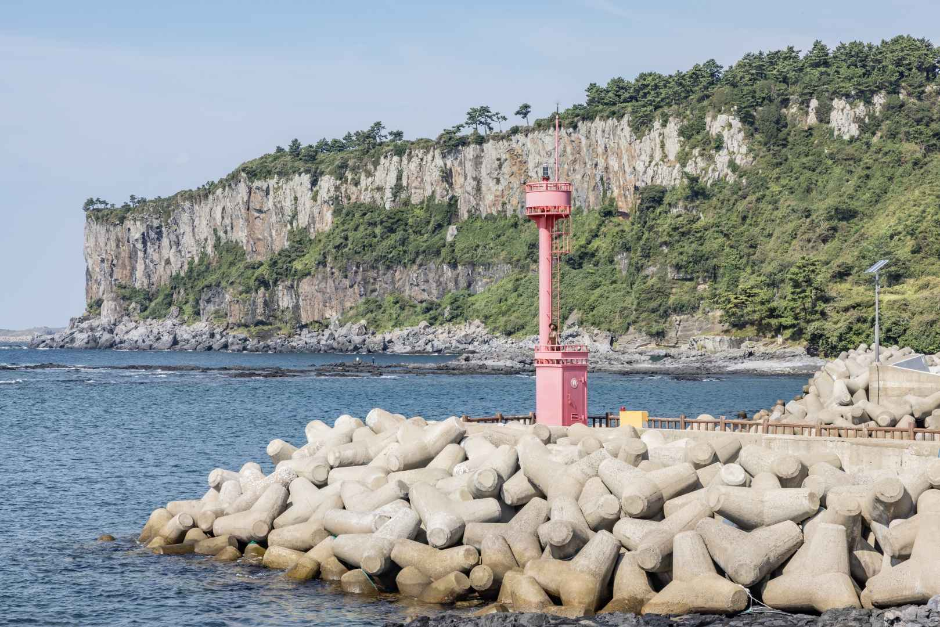
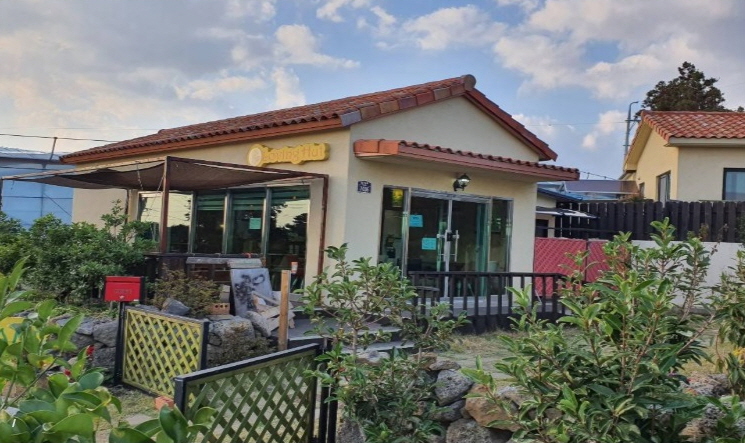
 English
English
 한국어
한국어 日本語
日本語 中文(简体)
中文(简体) Deutsch
Deutsch Français
Français Español
Español Русский
Русский